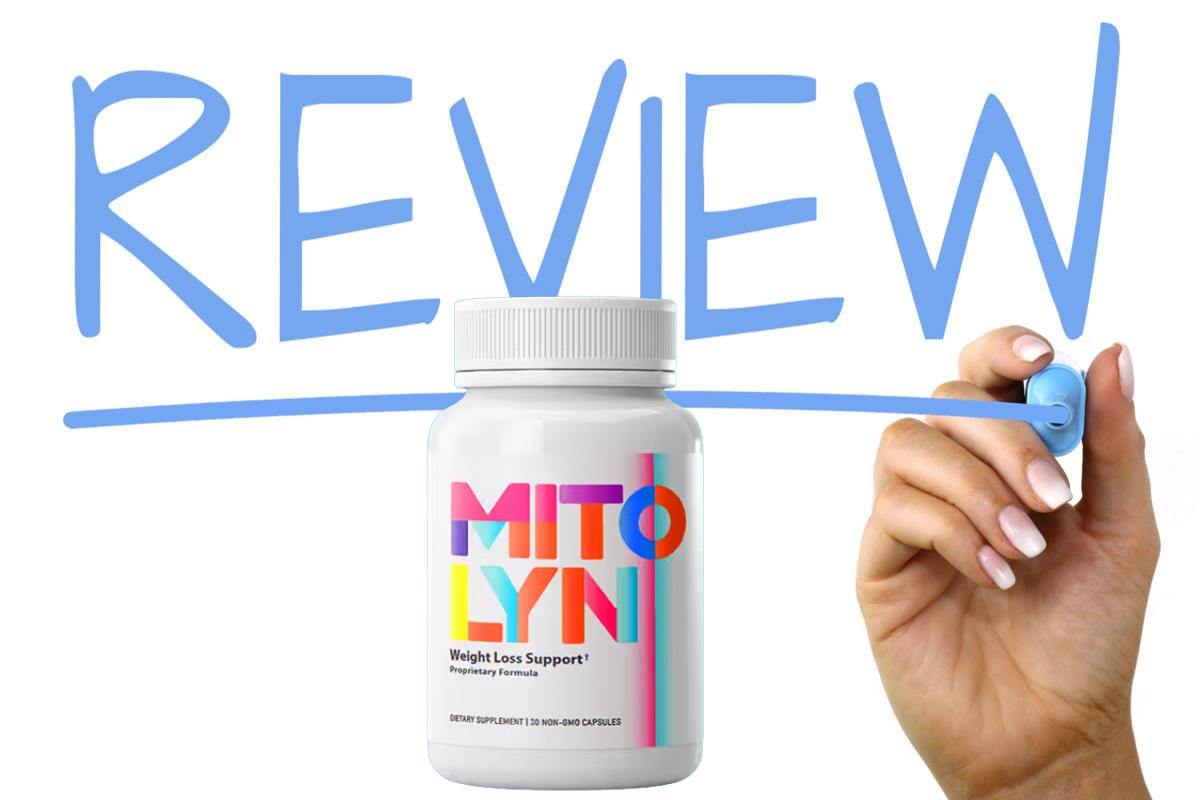Medicare Part D is an essential program that helps you manage your prescription drug costs. If you’re 65 or have certain disabilities, this coverage can greatly impact your healthcare expenses. It’s vital to understand what medications are included and how the different plans work. Each plan has a specific formulary, which can affect your out-of-pocket costs. So, what should you know about the types of drugs covered and how to choose the right plan for your needs?
Understanding Medicare Part D
When you reach the age of 65 or qualify due to a disability, understanding Medicare Part D becomes vital for managing your prescription drug costs.
This program offers prescription drug coverage through private insurance companies approved by Medicare. You’ll have options to choose from, and it’s important to compare plans based on your specific medication needs.
Enrolling during the Initial Enrollment Period guarantees you avoid late penalties. Remember, Part D plans can vary greatly, including premiums, deductibles, and formularies.
It’s important to check which drugs are covered under each plan and whether your preferred pharmacy is in-network.
How Medicare Part D Works
Understanding how Medicare Part D works is vital for maximizing your prescription drug coverage. With Part D, you choose a private insurance plan that provides coverage for medications. Each plan has a formulary, which is a list of covered drugs; make sure your medications are included.
You’ll pay a monthly premium, along with copayments or coinsurance for your prescriptions. Keep in mind that there’s a coverage gap, often called the “donut hole,” where your out-of-pocket costs may increase.
Once you reach a certain spending limit, you’ll enter catastrophic coverage, where you pay a lower percentage for your drugs. It’s important to review your plan annually, as options and costs can change, ensuring you always have the best coverage for your needs.
Types of Prescription Drugs Covered
While each Medicare Part D plan may vary, most cover a wide range of prescription drugs to meet your health needs. You’ll find that these plans typically include generic medications, brand-name drugs, and some specialty medications.
Common categories often covered are those for chronic conditions like diabetes, hypertension, and asthma. You can also expect coverage for mental health medications, pain relievers, and vaccines.
However, it’s important to check your specific plan, as not all drugs may be included. Additionally, some plans may offer extra benefits, such as over-the-counter medications.
Understanding the types of drugs covered helps you make informed decisions about your healthcare and guarantees you have access to the medications you need.
Formularies and Tiers Explained
Each Medicare Part D plan uses a formulary, which is a list of covered drugs, organized into tiers that determine your out-of-pocket costs. Typically, the tiers range from generic drugs at the lowest cost to brand-name drugs at higher costs.
For instance, Tier 1 usually includes the most affordable generic medications, while Tier 3 or 4 might contain more expensive brand-name drugs. Understanding these tiers helps you anticipate your expenses when filling prescriptions.
Some plans may also have specialty tiers for high-cost medications, which could carry higher copayments or coinsurance. Always review your plan’s formulary to know which medications are covered and how much you’ll pay, ensuring you’re prepared for your prescription costs throughout the year.
Eligibility and Enrollment in Medicare Part D
To qualify for Medicare Part D, you must be enrolled in Medicare Part A and/or Part B, as eligibility is tied to these programs.
Enrollment in Medicare Part D is available during specific periods. The Initial Enrollment Period lasts seven months, beginning three months before you turn 65. If you miss this window, you can enroll during the Annual Enrollment Period, which runs from October 15 to December 7 each year.
You can also qualify for a Special Enrollment Period under certain circumstances, like moving or losing other coverage.
It’s essential to enroll on time to avoid potential late enrollment penalties, which can increase your premium.
Be sure to review available plans to find the one that fits your needs best.
Tips for Choosing the Right Plan
Choosing the right Medicare Part D plan can feel overwhelming, but focusing on a few key factors can simplify the process.
Start by reviewing your current medications and checking if they’re covered under the plan. Create a list of your prescriptions, including dosages and frequencies.
Next, consider the plan’s premiums, deductibles, and co-pays; these costs can vary considerably. Don’t forget to look into the pharmacy network—some plans offer better rates at specific pharmacies.
Additionally, think about whether you prefer a plan with a formulary that includes your medications at lower costs.
Finally, compare the overall annual expenses to verify you’re making the most cost-effective choice for your healthcare needs.
Conclusion
To summarize, Medicare Part D is an essential resource for your prescription drug needs, offering coverage for a wide variety of medications. Understanding how it works, including formularies and drug tiers, can help you make informed choices. By knowing your eligibility and enrolling during the right period, you can secure the best plan for your situation. Take the time to compare options and select a plan that fits your health requirements and budget. Your health matters!














